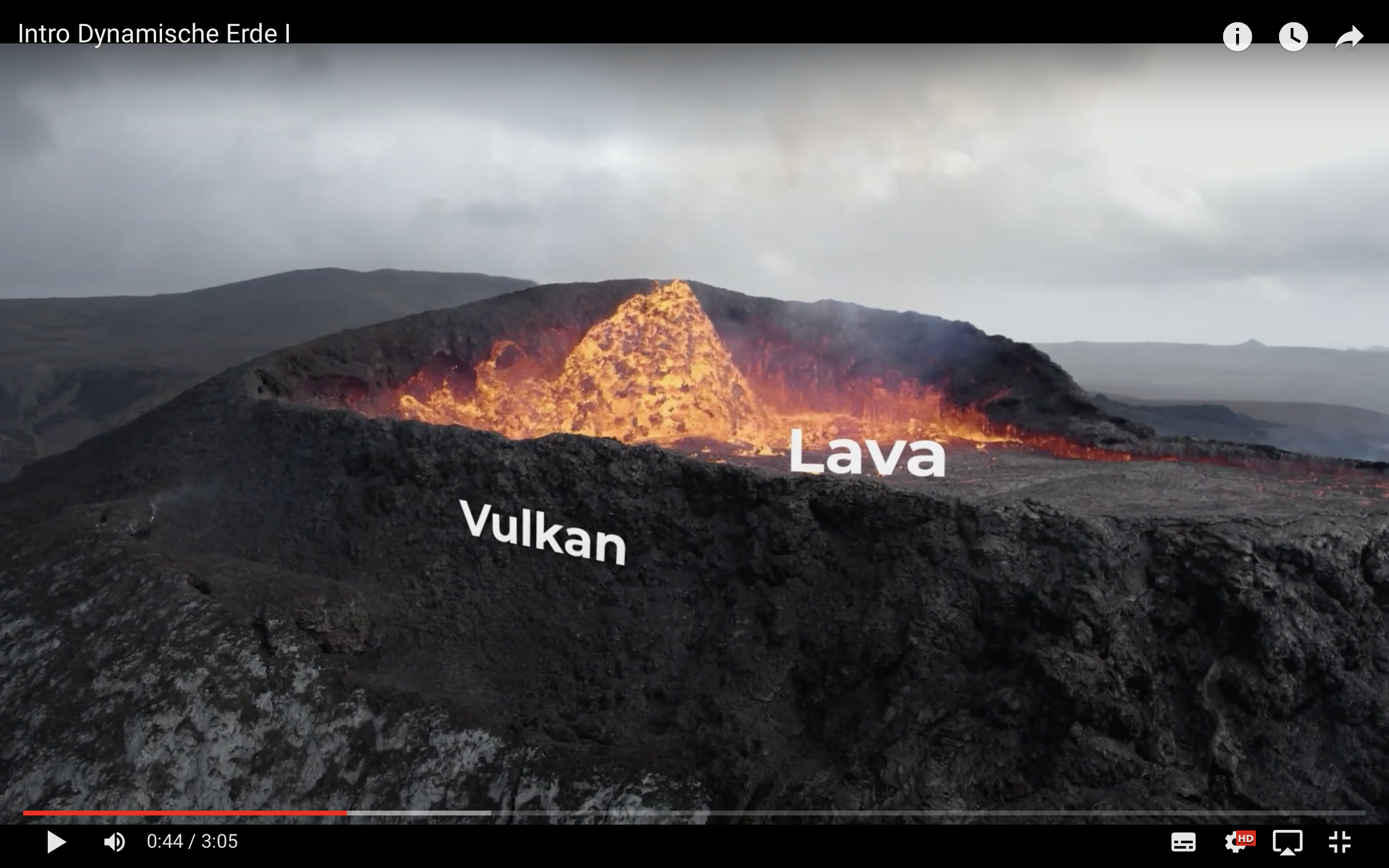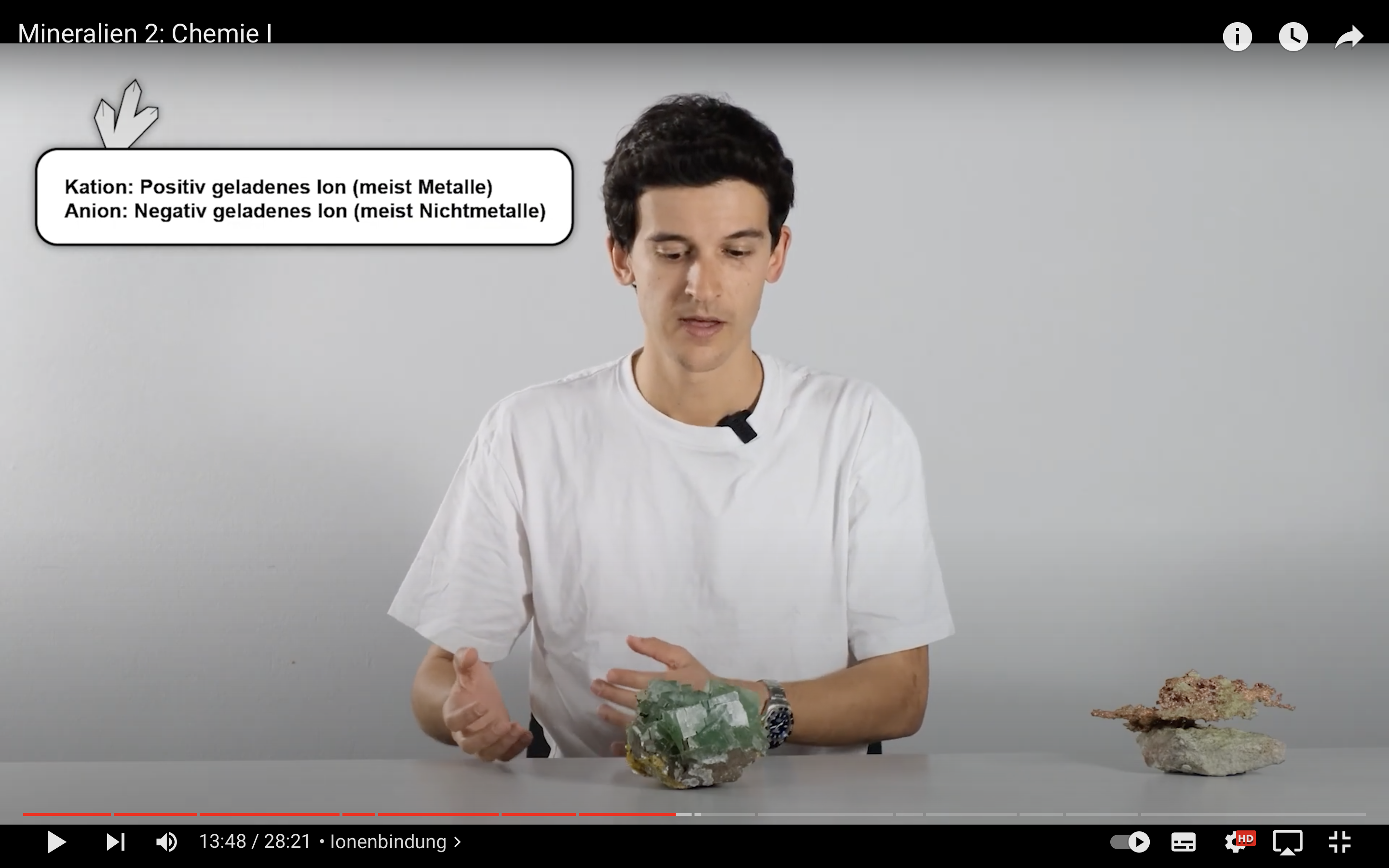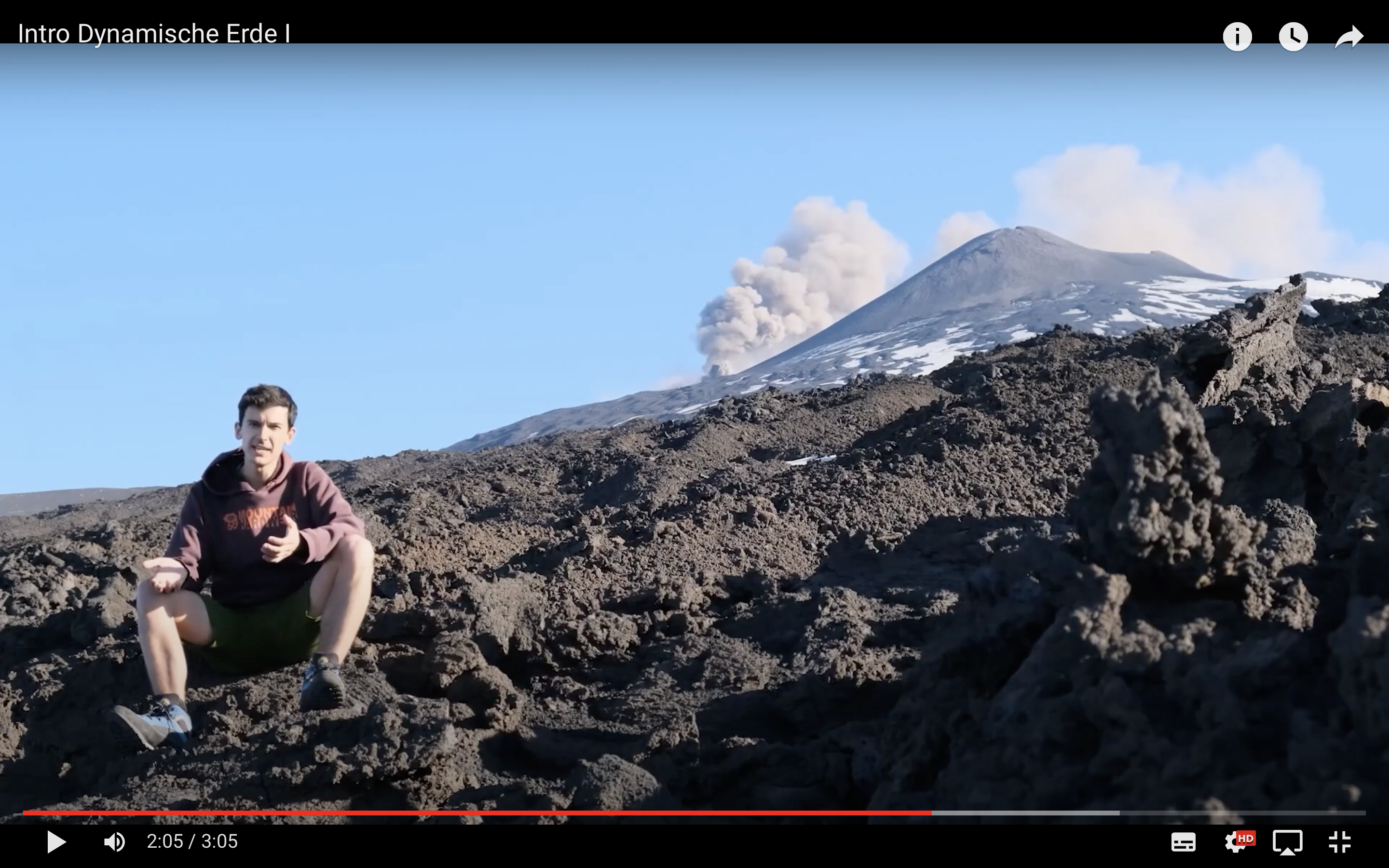Teaching “Dynamic earth” using flipped learning
We spoke with the project team that converted the lecture “Dynamische Erde I” to a flipped learning context. Dr. Oliver Bachmann and Léon Frey shared their experiences.

The aim of this project was to produce a series of videos which replaced a portion of the lecture “Dynamische Erde I” at the Department of Earth Sciences. Part of the lecture will still be held on campus. The videos will be watched by the students individually as a preparation for the lectures held in class. The videos cover a considerable part of the content in an easy-to-understand way. This is a “flipped learning” teaching approach which plans the necessary knowledge acquisition as an individual activity for students to complete (in this case watching videos) in their own time. The face-to-face time is then used to further engage in deeper discussion.
What triggered this experiment?
During the corona pandemic, when lectures were held online, it became evident that high-quality online material, in particular podcasts, would greatly enrich a lecture. Online lectures via Zoom do work but they should be augmented by other teaching methods. For this reason, this project was launched.
Which specific actions were taken?
We first thought about the content for the videos. Which elements should be part of the videos and what should be kept in class at ETH? We made this decision by identifying pure information that we wanted to convey in contrast to sections of the course that required interaction, activity and discussion. After that, we wrote scripts for the videos and created the necessary illustrations. We filmed both at ETH and on different locations the field using both a camera and a drone. The last step was editing the videos and making them available for the students.

What were the results or outcomes of the project?
The result of this project is flipped learning scenario which includes a series of videos on mineralogy, magmatic processes, metamorphic processes and the rock cycles. The videos are available here (videos are in German): https://www.youtube.com/channel/UC-Zw-otyiP39U2zvzgCq0cQ/
Can you describe the impact on students?
Students will be able to watch the videos starting in the fall semester 2022, which lies in the near future at the time of writing. Therefore, we don’t know the impact yet. However, we did some test videos last autumn. In a survey, students rated these videos very positively. We look forward to seeing what the student feedback is after the autumn semester 2022!
What lessons did you learn? What would you do differently next time?
Video production takes a lot of time. More than you might think at first. And there is always the temptation to do more and to do it better – to do another take, trying to do better than in the last take. Therefore, it is important to know when it’s enough – or when time does not allow for more attempts. Next time we would proceed the same way – in the end everything worked out well and as planned.
What first steps do you advise for others who are interested in doing the same?
Don’t underestimate the time video production needs. Our team came into this project with existing experience and skill in creating such videos and also invested a fair amount of time in learning how to do it well. And don’t underestimate the skill required to stand in front of the camera and speak confidently. If you have no experience in neither of those, plan for enough time to practise and get used to it.

This project was funded by Innovedum, the Rector’s fund for advancing innovative education at ETH Zürich. You can keep up with development of this project in the public Innovedum database. If you are interested in applying for a project yourself, you can find information and the login to the application process here: www.innovedum.ethz.ch.
Posted on
in Featuring teaching

